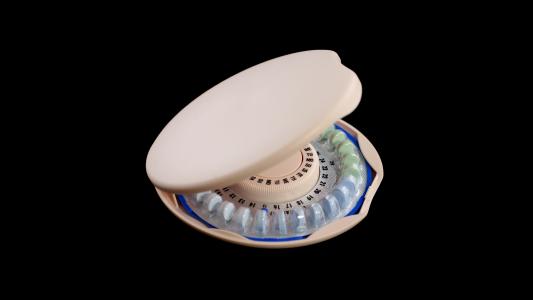The European Space Agency (ESA) is backing U.K. startup Space Forge’s plan to develop a space factory that gives researchers access to “microgravity on demand” — potentially opening up off-world manufacturing.
The challenge: Gravity can impair our ability to make certain products on Earth — it can cause tiny crystals that disrupt signal transmission to form in fiber optic cables, for example, or the chambers of 3D-printed hearts intended for transplantation to collapse.
On Earth, the only way to remove gravity from the manufacturing equation is to fly planes in high arcs and freefall back down, but the effect of weightlessness is too temporary to make it practical.
“The opportunities to return from space are few and far between.”
Joshua Western
The space factory: Moving factories into space could make it easier to manufacture products impaired by Earth’s gravity, but for this approach to be viable, there needs to be a cost-effective way to get product components — and the tech to assemble them — into space and back.
The “back” part of that equation is particularly tricky.
“The opportunities to return from space are few and far between,” according to Space Forge CEO Joshua Western. “They primarily rely on coming back from the ISS with solutions such as Dragon or Soyuz.”
Those returns only happen four to six times every year and access to them is limited, Western says. They also include a less-than-gentle landing, which might not be ideal for some of the products people want to produce in a space factory.
The space factory can be refurbished and sent back into space — this reusability helps keep costs down.
What’s new: On September 27, the ESA announced that it was awarding Space Forge a two-year contract worth $2.3 million to develop, launch, and recover a suitcase-sized space factory called “ForgeStar” by 2022.
The plan is for ForgeStar to be deployed into low-Earth orbit like any small satellite with a payload weighing up to six pounds. It can then remain there for between 10 days and six months — however long it takes to manufacture a product or carry out an experiment.
A return mission can then be initiated, with a gentle de-orbit and touchdown on Earth. After the ForgeStar is recovered and its payload removed, the space factory can be refurbished and sent back into space — this reusability helps keep costs down.
Scaling up: If Space Forge can prove itself with the ESA-backed ForgeStar, it hopes to scale up the payload capability of its space factory tenfold and launch a “microgravity on demand” service with regular deployments.
“What we’re doing by 2026 is being able to launch one satellite a month, so by 2027, we would have anywhere between six and 12 satellites in space routinely returning to Earth,” Western told the Daily Express in 2020.
“By the end of the decade, we’re looking at a weekly launch, getting to 50 satellites in orbit at any one time creating these materials,” he added.
We’d love to hear from you! If you have a comment about this article or if you have a tip for a future Freethink story, please email us at [email protected].






